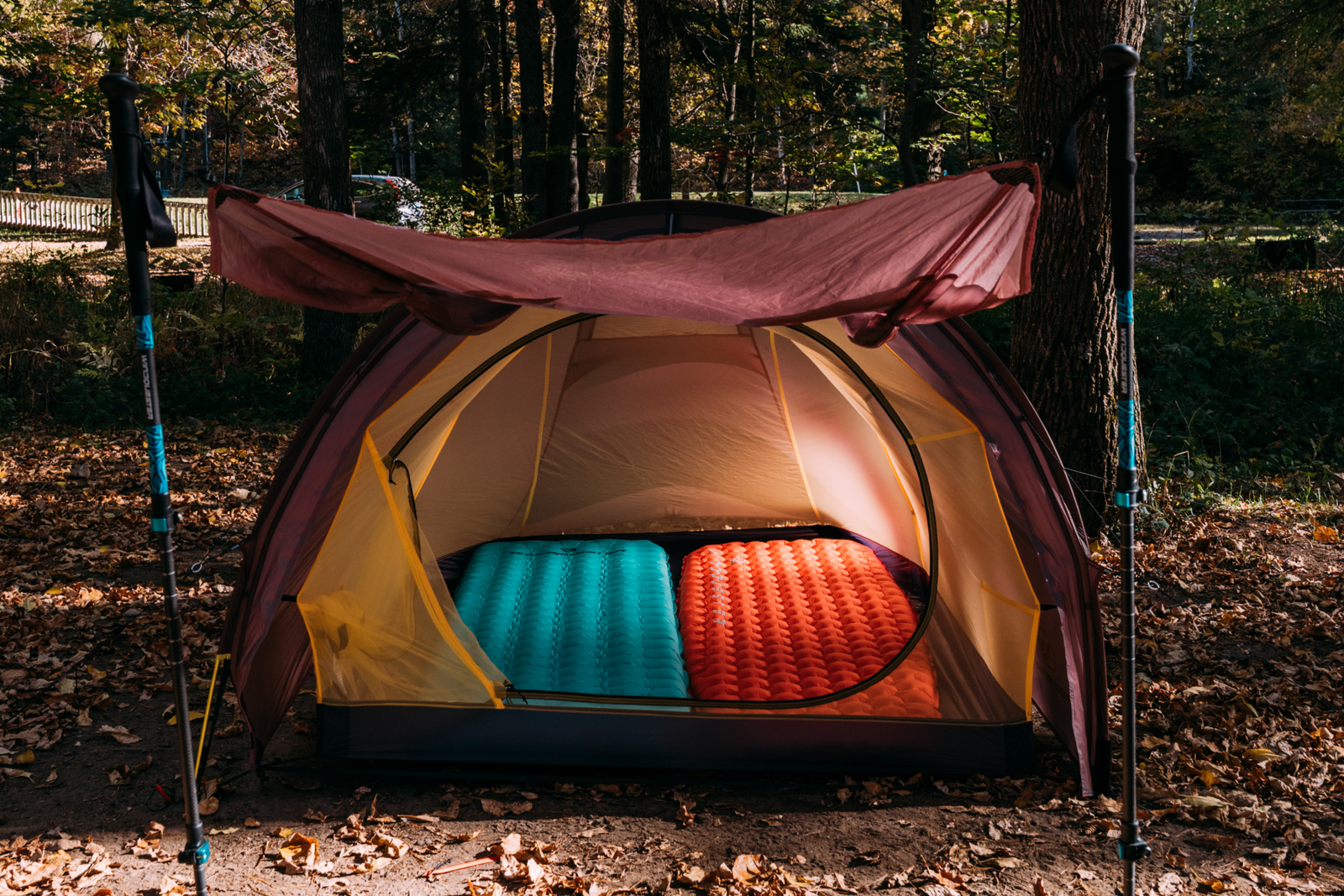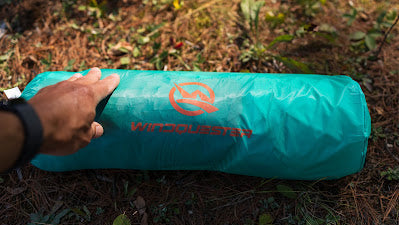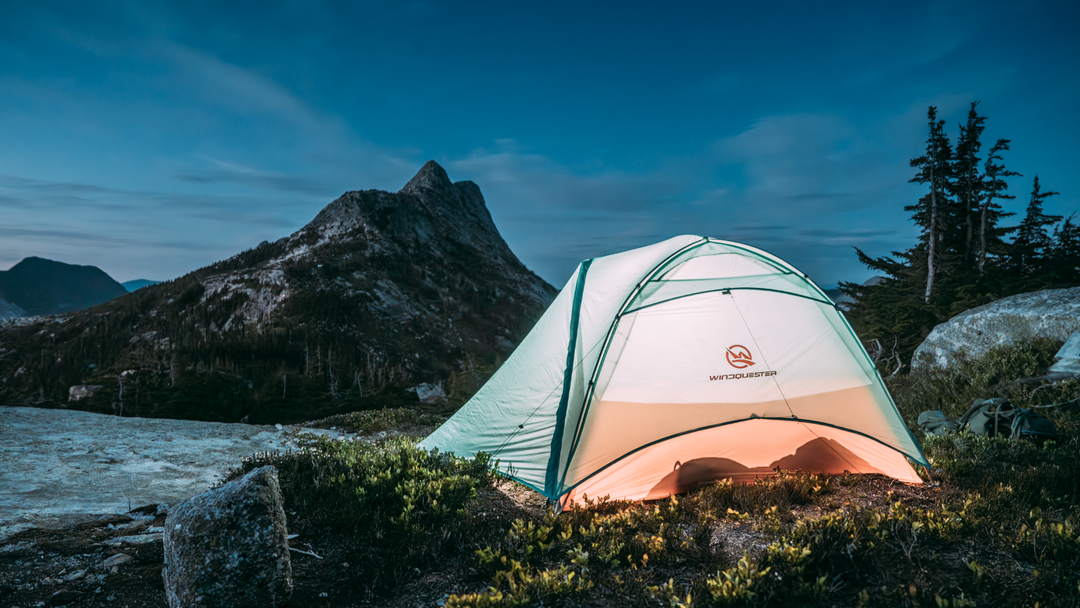How to Layer Foam + Inflatable for Warmer Sleep

How to Layer Foam + Inflatable for Warmer Sleep
1) Why Layer Foam + Inflatable?
More Warmth (R-Values Add)
- R-values are additive: R-2 foam + R-3.5 inflatable ≈ R-5.5 total.
- Helps block ground chill, frost, and damp soil.
Comfort + Reliability
- Foam resists puncture, acts as backup if air leaks.
- Inflatable adds cushioning and higher insulation.
Pro tip: Side sleepers benefit most—foam smooths uneven ground; inflatable adds loft and heat retention.
2) Pick the Right Pads
Foam Pad (CCF)
- Closed-cell foam: durable, ultralight, no inflation needed.
- Choose reflective or textured surface for extra warmth.
- Compact Z-fold styles save space.
Inflatable Pad
- Check ASTM R-Value to match season.
- TPU-coated nylon (20D–40D) for durability.
- Quick valve for easy inflation/deflation.
3) How to Stack (Step-by-Step)
| Step | Action | Why it Matters |
|---|---|---|
| 1 | Lay foam pad first on tent floor. | Protects from abrasion and cold ground. |
| 2 | Place inflatable pad on top. | Combines insulation and comfort. |
| 3 | Inflate slightly soft (not rock-hard). | Improves warmth and stability. |
| 4 | Test for 10–15 min; adjust as needed. | Ensure even support without bottoming out. |
Avoid: Foam on top may slide and reduce comfort—except for moisture or anti-slip needs.
4) Suggested Setups by Temperature
- 10–5 °C (50–41 °F): Inflatable R≈3–4 solo; add thin foam if cold-prone.
- 5–0 °C (41–32 °F): Inflatable R≈4–5 + Foam R≈1–2 → Total R≈5–7.
- ≤ 0 °C (≤ 32 °F): Inflatable R≥5 + Foam R≈2; aim for R≥7 total in damp or snowy ground.
R-values are estimates; adjust for wind, moisture, and personal warmth.
5) Common Mistakes (and Fixes)
Mistakes
- Overinflating pad (feels colder).
- Ignoring ground moisture.
- Using overly thick foam pad (unstable stack).
Fixes
- Keep pad slightly soft.
- Use thin CCF to boost warmth.
- Pair with higher R inflatable when needed.
6) FAQ
Do R-values really add up?
Yes, approximately. Some heat loss at edges and compression zones, but total warmth increases significantly.
Foam on top or bottom?
Usually bottom for stability and warmth; only top if preventing slip or condensation.
How else to stay warmer?
Use a groundsheet, add socks or liner, adjust air pressure before sleeping, and select higher R-rated pads like WindQuester Horizon X.
Recommended for You









Leave a comment